Beginning Gardening – 12 Helpful Tips
This post may contain affiliate links. For more information, please see our disclosure policy.
If you are a beginning gardener, you’ll want to read this for tips and takeaways that I think you’ll find quite useful. Starting a garden actually isn’t all that difficult. It’s fairly straight-forward but does take the ability to follow directions as well as have a little patience. If you are thinking it’s time for you to start your own garden, how exciting! In a few short months, you’ll be eating and enjoying your own fruits and veggies and clipping flowers that you grew. You can literally just walk out your back door, and grab a few ingredients from your garden to make yourself a salad or plop flowers in a jar.

No more trips to the store, or at least less frequent ones. We love our garden and you see it frequently in my posts like THIS ONE where I share entertaining tips outside. If you are wanting to get started on preparing and planting your garden, here are some suggestions and tips to help you do just that.
TIPS FOR THE Beginning GARDENER
TOOLS For The Beginning Gardener
1. One of the most important things for any DIYer is to have the right tools. If you are indeed a beginner gardener, make certain you have the necessary tools. Invest in garden gloves to keep those hands clean and get the proper tools to dig up, and churn that soil. As you go along in the season you’ll learn whether you need more tools or can make do with what you have.
2. Educate yourself on what type of vegetables and fruit grow best in your area. Not all seeds can be planted in all climates. Surprising, right? It’s something that is actually overlooked quite often. The way to help locate this information is to look on the back of the seed packet of the item you are wanting to plant. There will be a map of the US, that shows the regions and areas that the seed will do best in. If you have something in your hand that isn’t in your area zone, it most likely isn’t worth planting and taking up space in your garden. Stick to the plants that will thrive and grow in your area!
3. Decide if you want to till up a space in the yard, or use an above-box garden box. There are pros and cons to both. Keep in mind is that it can be difficult and time-consuming to create a garden space directly in your yard by trying to dig it yourself. With an above-ground garden box, you literally place the box in the area that you want and fill it will nutrient-rich soil from the store, or from your compost pile. It can be quicker and you can ensure that you have the best soil possible to start growing your garden.
LOCATION
4. No matter if you decide to dig a spot, or use a garden box, location is key! Most veggies and fruit need a lot of sunlight to grow so choose a space that can give them sunlight directly for 6-8 hours of the day. Also, make certain to try to have a nice, flat spot so when it rains water doesn’t pool up and set.
5. For the beginning gardener especially, follow the directions on your seed packet. It seems simple, right? Once you start planning those little seeds, you’ll want to put them closer together. Don’t do it! Stick to what the planting directions on the packages say!
6. Don’t plant outside in your garden earlier than what it recommends for your region. The reason? Sometimes, mother nature likes to throw a couple of loops at us and there can be late freezes that may come about. If you’ve already planted your garden and a freeze was to happen, it can damage your crop or even cause it to fail altogether.
7. Make a map of your garden. This is something that we sometimes do with a simple drawing and you could also use some washable spray paint to map it out on the ground. Even though you think you might remember what you planted where…once that food starts sprouting, it all looks the same. As a beginning gardener you might find this to be a virtual lifesaver. By having it written down, you will know exactly what is growing in each spot.
WATER
8. Hey beginning gardener…don’t forget to water those seeds!
it is important to make certain that your plants are staying hydrated. The amount of water can vary depending on the soil that you have planted in.
9. Water, but don’t oversaturate. Confused yet? Don’t be. Once you start, you’ll get the hang out if. Just remember that plants need water to grow. If you choose to lightly water them every day, then do just a bit. Some people prefer a quick “shower” of water for their plants daily. Others do larger watering once or twice per week. Gauge how the weather is as well when deciding how often to water. Super hot and dry conditions may mean that you need to give those plants a little bit of extra water. If the soil around your plant feels super dry on the surface and just underneath, it’s time for some water!
10. If possible, water your plants in the morning. The hotter the day gets, the more chance that the water may actually evaporate too quickly.
WEEDS
11. Keep your garden area weed free as discussed in this article. Don’t let those weeds take up space in your garden area. Keep the weeds cleared to ensure that your plant roots have all the room that they need to grow.
12. Be patient beginning gardener! Perhaps the most difficult thing of all, especially if you’re hungry or want to cut those flowers. Let your garden bloom completely before you start picking out any food items or flowers. It’s hard to wait! But, for the best flavor and crop yield possible, you need to let the food (flowers) grow and ripen completely.
Starting your garden is such an exciting time! You will soon be on your way to eating fresh food or clipping flowers. Enjoy the process, and then enjoy the rewards!
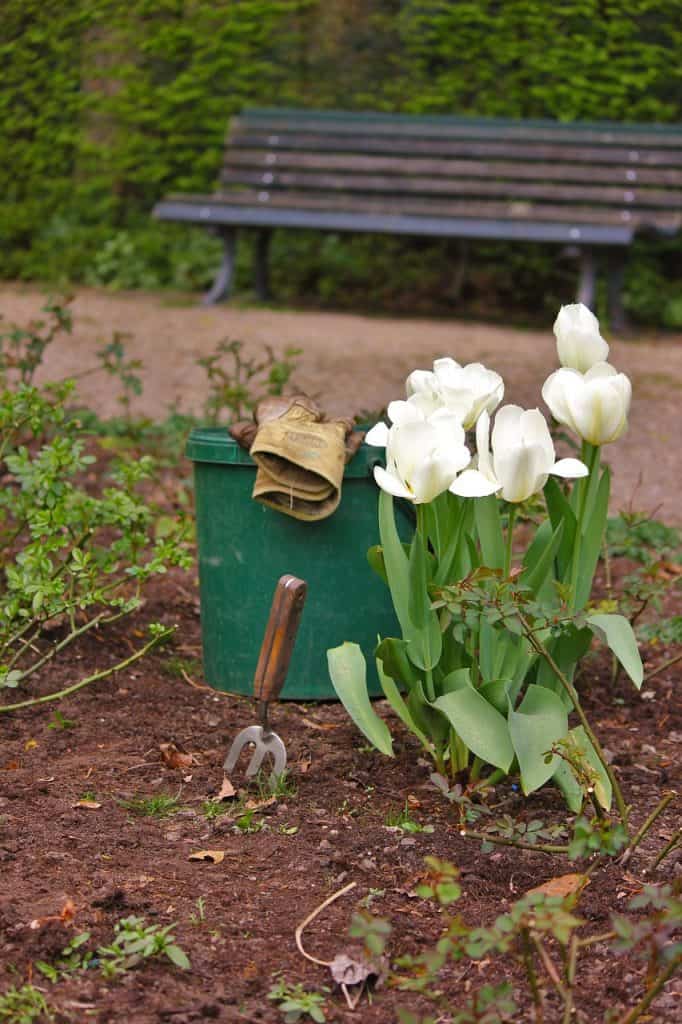
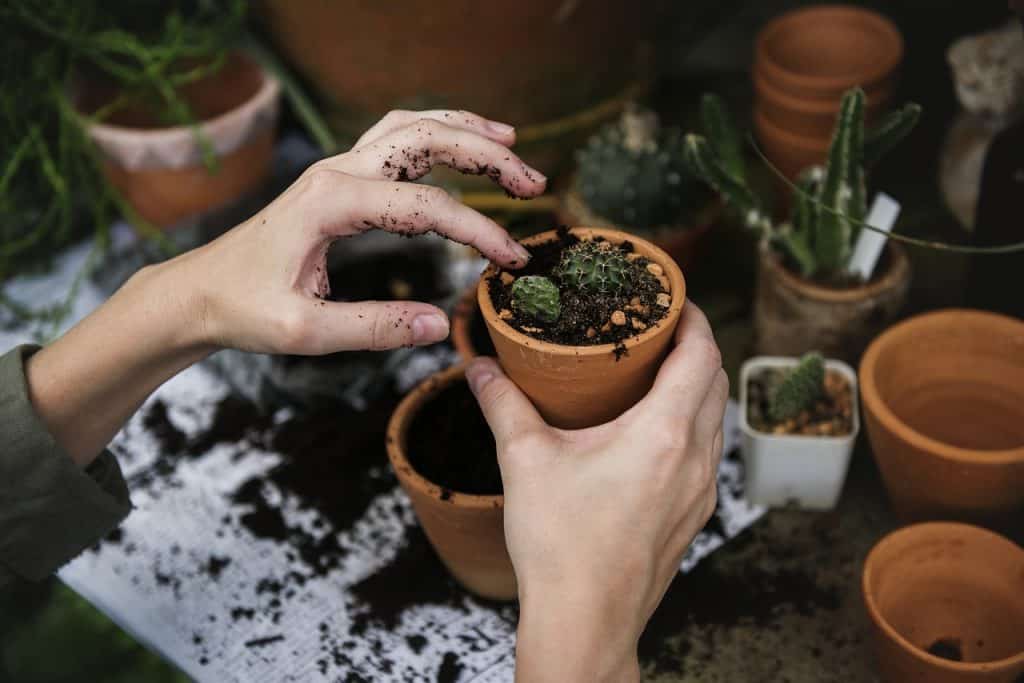
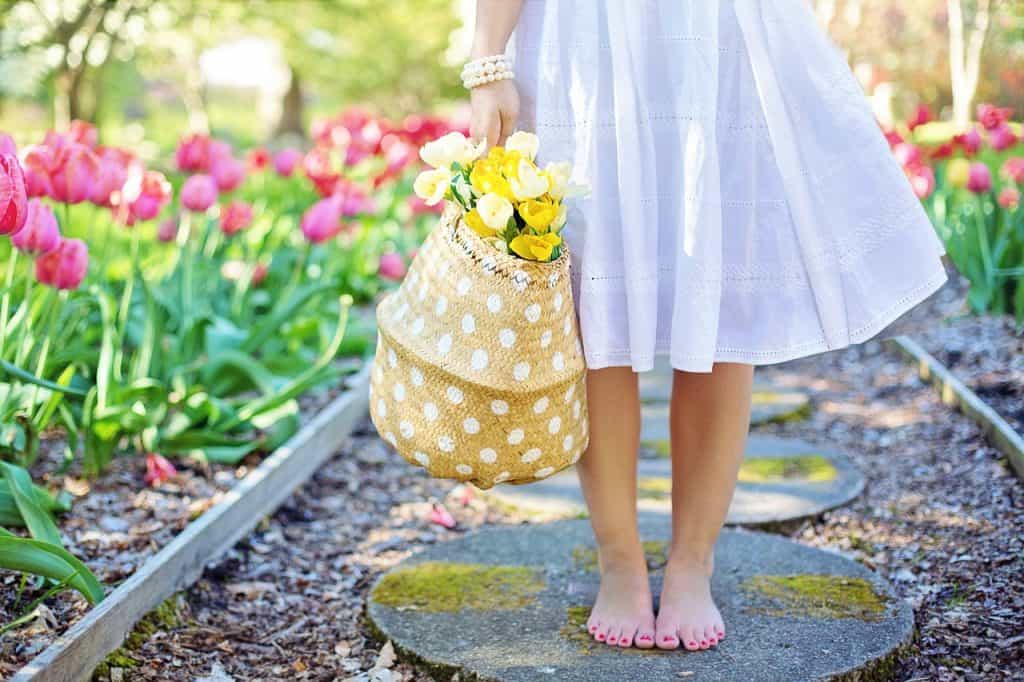
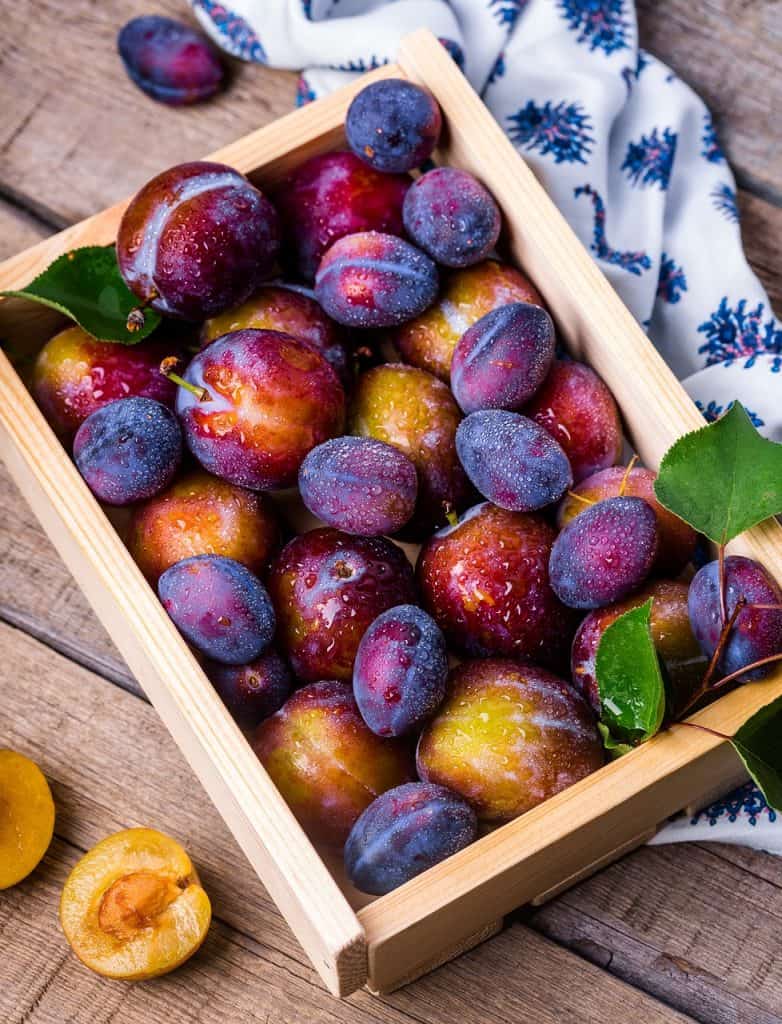
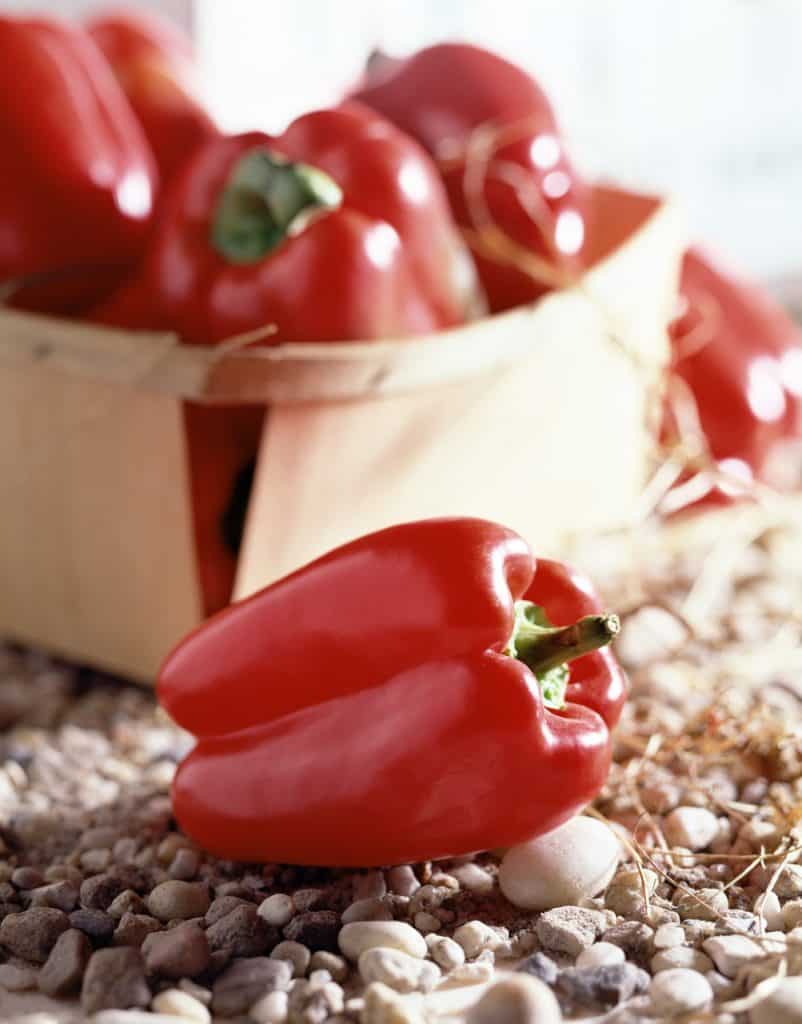
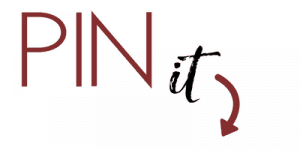

As a long time gardener, let me say to the new gardener, buy extra pairs of garden gloves. Leave a pair at each door, and in the garden shed if you have one. They wear out and your fingers will poke through. They get dirty and while one pair is in the laundry, you will still have another pair. They will get mislaid, and having a spare pair will be helpful. Also, speak to other local gardeners; they will be able to guide you as to what grows well in your zone, as well as when the last frost date is. Their local experience is more accurate than just a zone map. Who knows they may even share some seeds or a cutting or two for you to start off your garden.
Awesome tips Janet!! Love to garden and we have an awesome climate for it!! Thanks for sharing!! Blessings!!
This was very useful! My boyfriend and I bought our first house last summer and so far all we’ve done to the garden is mow the lawn.